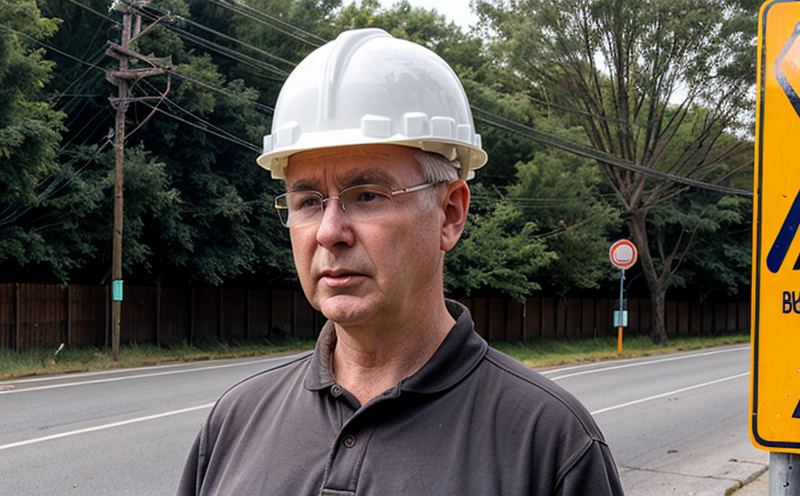ISO 14509-1 Noise Emission Testing of Recreational Craft
The ISO 14509-1 standard is a crucial guideline for the measurement and assessment of noise emissions from recreational craft. This standard ensures that recreational vessels meet environmental and community noise emission limits, thereby contributing to a quieter and more comfortable maritime environment.
Recreational craft, including boats, yachts, and personal watercraft, are subject to strict noise regulation due to their potential impact on the surrounding community. The ISO 14509-1 standard provides a framework for testing and certifying that these vessels comply with predefined limits set by international standards.
The testing process involves several stages. Initially, the vessel must be prepared in accordance with the requirements specified in ISO 14509-1. This includes ensuring that all systems are operational and that any modifications or repairs have been completed before testing begins. The testing is conducted in a controlled environment to ensure accurate results.
The primary instrument used for noise emission testing under ISO 14509-1 is the sound level meter, which measures the sound pressure levels at specified distances from the vessel. The test is typically performed in calm conditions with minimal background noise to ensure that the measurements are representative of real-world scenarios.
Once the initial setup is completed, the vessel's engine is run for a predetermined period, and sound pressure levels are recorded using the sound level meter. These readings are then compared against the limits specified in ISO 14509-1 to determine compliance. If the vessel does not meet the emission standards, additional modifications or adjustments may be required.
The ISO 14509-1 standard is particularly important for recreational craft manufacturers and operators who must ensure their products comply with international regulations. This ensures that the vessels are safe, comfortable, and environmentally responsible.
It's worth noting that compliance with ISO 14509-1 can provide significant advantages to manufacturers and operators of recreational craft. It demonstrates a commitment to environmental responsibility and enhances consumer confidence in the product's quality.
In summary, ISO 14509-1 is an essential standard for ensuring that recreational craft meet noise emission limits set by international standards. The testing process involves careful preparation, precise measurement, and strict adherence to the requirements outlined in the standard.
Industry Applications
| Vessel Type | Noise Emission Limits |
|---|---|
| Sailing Yachts | A-weighted sound pressure level not exceeding 85 dB(A) at a distance of 10 meters from the vessel's transom. |
| Power Boats | A-weighted sound pressure level not exceeding 92 dB(A) at a distance of 10 meters from the vessel's transom. |
| Personal Watercraft | A-weighted sound pressure level not exceeding 85 dB(A) at a distance of 10 meters from the vessel's transom. |
The ISO 14509-1 standard is widely used in the maritime industry to ensure that recreational craft meet noise emission limits. This standard helps manufacturers and operators comply with international regulations, ensuring a quieter and more comfortable environment for all users.
Customer Impact and Satisfaction
- Enhanced comfort for passengers on board recreational craft.
- Maintenance of a quiet and pleasant environment in residential areas near waterways.
- Increase in consumer confidence due to compliance with international standards.
- Reduction in noise complaints from local communities.
The ISO 14509-1 standard is designed not only for regulatory compliance but also to enhance the overall user experience. By ensuring that recreational craft meet noise emission limits, this standard contributes significantly to customer satisfaction and environmental protection.
Environmental and Sustainability Contributions
- Reduction in noise pollution, which is particularly beneficial for marine wildlife.
- Promotion of quieter recreational activities that do not disturb the surrounding environment.
- Increased awareness among manufacturers about the importance of sustainable design practices.
- Encouragement of innovation in reducing noise emissions from recreational craft through the use of advanced materials and technologies.
The ISO 14509-1 standard plays a crucial role in promoting environmental sustainability by addressing the issue of noise pollution. By adhering to this standard, manufacturers can contribute to a healthier environment for all users of waterways.





